The Scarlet Ibis: A Fascinating Bird of Beauty and Symbolism
The Scarlet Ibis is a captivating bird that is not only known for its striking beauty but also for its rich symbolism. This unique avian species has captured the imagination of many due to its vibrant red plumage and graceful appearance.
The Scarlet Ibis derives its name from the intense crimson colour of its feathers, which make it stand out among other birds. Its long, slender beak and elegant wingspan further enhance its visual appeal, making it a true marvel to behold.
Beyond its physical allure, the Scarlet Ibis holds significant symbolic meaning in various cultures and contexts. In some cultures, it is seen as a symbol of love and passion due to the vivid red hue of its plumage. In others, it represents transformation and rebirth, as it undergoes a dramatic change in colour from dull gray during infancy to brilliant scarlet in adulthood.
Moreover, this remarkable bird has been featured in literature and folklore across different societies. It often serves as a metaphor for beauty amidst adversity or as a representation of hope and resilience in challenging circumstances.
The Striking Appearance of the Scarlet Ibis
The Scarlet Ibis is a bird known for its striking appearance. Its vibrant red feathers make it stand out in any environment, capturing the attention of onlookers. The long-curved beak and slender body further add to its unique and elegant silhouette.
One of the most captivating features of the Scarlet Ibis is its contrasting black wings, which create a visually stunning effect against the backdrop of its vibrant red plumage. This contrast not only enhances its beauty but also serves as a form of protection by helping it blend into dense foliage or other natural surroundings.

The Habitat and the Distribution of the Scarlet Ibis
The scarlet ibis is native to the mangrove swamps and coastal regions of South America and the Caribbean islands. One of the most notable places where this species can be found is in Trinidad and Tobago and is also one of the national birds of the twin-island nation. The national flag of Trinidad and Tobago is decorated with the red, white and black colour of the scarlet ibis.
Mangrove swamps provide an ideal habitat for the scarlet ibis due to their abundance of food sources, such as small fish, crustaceans, and insects. These birds are also attracted to areas with shallow water and mud flats where they can easily find their prey.
In South America, scarlet ibises are commonly found in countries like Venezuela, Guyana, Suriname, French Guiana, and Brazil. They can also be spotted in various Caribbean islands including Barbados, Jamaica, and Cuba.
The presence of these vibrant birds in these regions is not only a sight to behold but also serves as an indicator of the overall health of coastal ecosystems. Efforts are being made to protect their natural habitats from human encroachment and pollution to ensure their continued presence for future generations to admire.
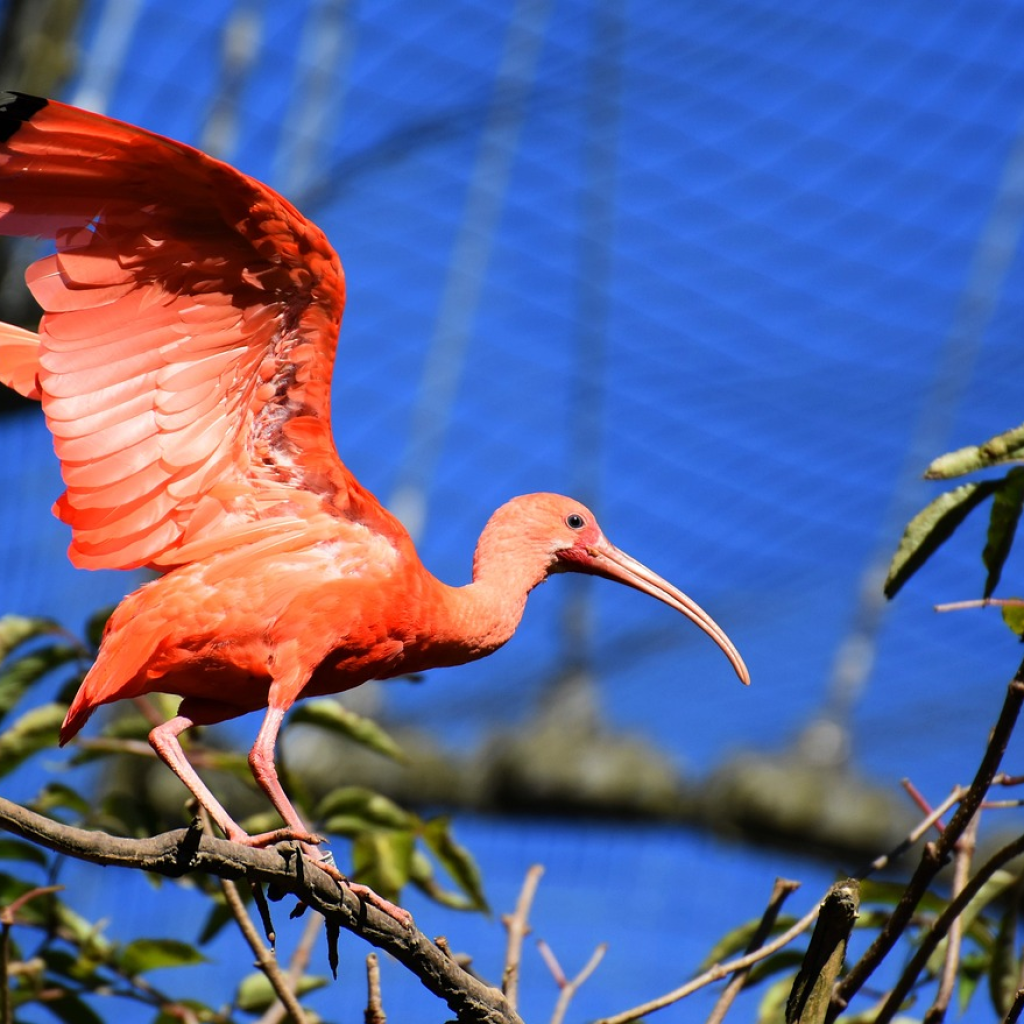
The Behavior and Adaptations of the Scarlet Ibis
The Scarlet Ibis exhibits fascinating behavior and adaptations. Understanding their feeding habits, social behavior in flocks, and breeding season rituals provides valuable insights into their unique characteristics.
When it comes to feeding habits, the Scarlet Ibis primarily feeds on crustaceans such as shrimp and crabs. Their long, curved beaks are perfectly adapted for probing deep into mudflats or shallow waters to extract their prey. This specialized feeding technique allows them to take advantage of abundant food sources in their habitats.
In terms of social behavior, Scarlet Ibises are highly gregarious birds that form large flocks. This flocking behavior serves multiple purposes such as protection against predators and cooperative foraging. By foraging together in groups, they can locate food more efficiently and increase their chances of survival.
During the breeding season, Scarlet Ibises engage in elaborate rituals to attract mates and establish pair bonds. Male ibises display vibrant plumage colors while engaging in courtship displays like preening, wing flapping, and vocalizations. These displays not only showcase the male’s fitness but also serve as signals of availability to potential mates.
Understanding these fascinating behaviors and adaptations of the Scarlet Ibis sheds light on how they have evolved to thrive in their natural environments. By studying these birds’ feeding habits, social behaviors in flocks, and breeding season rituals, researchers gain valuable insights into the intricate dynamics of this remarkable species.
The Significance of the Scarlet Ibis in Culture and Literature
The Scarlet Ibis holds significant symbolism in various cultures and has made appearances in literature and folklore throughout history. This vibrant bird has captured the imaginations of many, becoming a powerful symbol of different concepts and emotions.
In various cultures, the Scarlet Ibis is often associated with themes such as love, passion, and transformation. Its striking red plumage has been seen as a representation of intense emotions and desires. In some cultures, it is believed that sighting a Scarlet Ibis brings good luck or signifies the arrival of positive change.
References to the Scarlet Ibis can also be found in literature and folklore. It has been featured in numerous stories, poems, and myths across different time periods and regions. Often, its presence serves as a metaphor for beauty, rarity, or even tragedy. The bird’s vivid appearance makes it a captivating symbol that authors use to convey deeper meanings within their works.
Overall, the significance of the Scarlet Ibis in culture and literature highlights its enduring appeal as a symbol that resonates with human experiences and emotions. Its presence adds depth to narratives while inviting readers to explore themes of love, transformation, and the complexities of life itself.
Conservation Efforts for the Preservation of the Scarlet Ibis Species
The Scarlet Ibis population numbers have been threatened over the years due to various factors such as habitat loss and hunting. As a result, conservation initiatives and protection measures have been implemented to safeguard this beautiful species.
Due to the decline in their population numbers, conservation efforts have been put in place to protect these birds from further harm. These initiatives focus on preserving their natural habitats by implementing strict regulations against deforestation and land encroachment. Additionally, breeding programs are being established to increase their numbers through captive breeding and reintroduction into suitable habitats.
Protection measures also include raising awareness about the importance of preserving biodiversity and educating local communities about sustainable practices that can coexist with wildlife. This involves working closely with governments, non-profit organizations, scientists, and local communities to develop strategies that ensure the long-term survival of the Scarlet Ibis.
In conclusion, the significance of the Scarlet Ibis in culture and literature highlights its importance not only as a symbol but also as an indicator of environmental health. Through conservation initiatives and protection measures aimed at addressing threats to their population numbers, we can hope for a future where this magnificent bird continues to thrive in its natural habitat for generations to come.
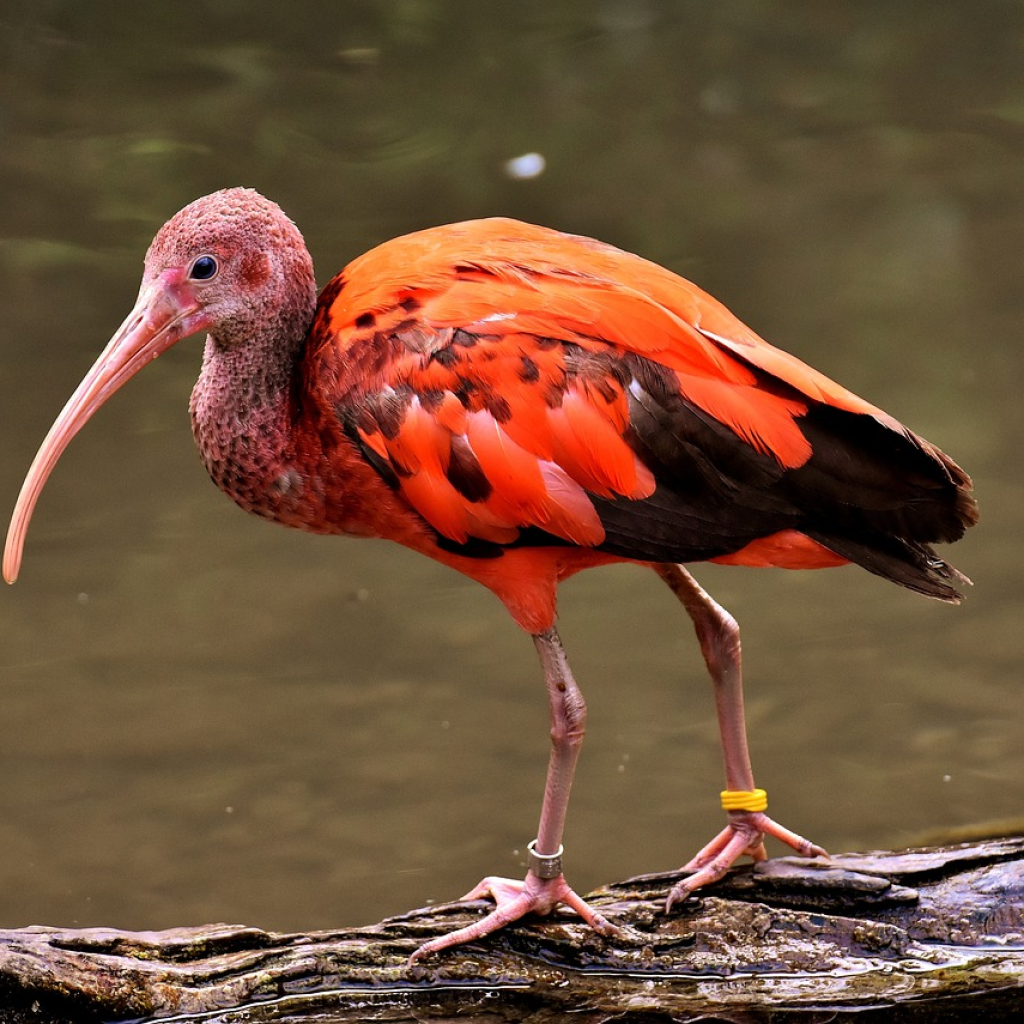
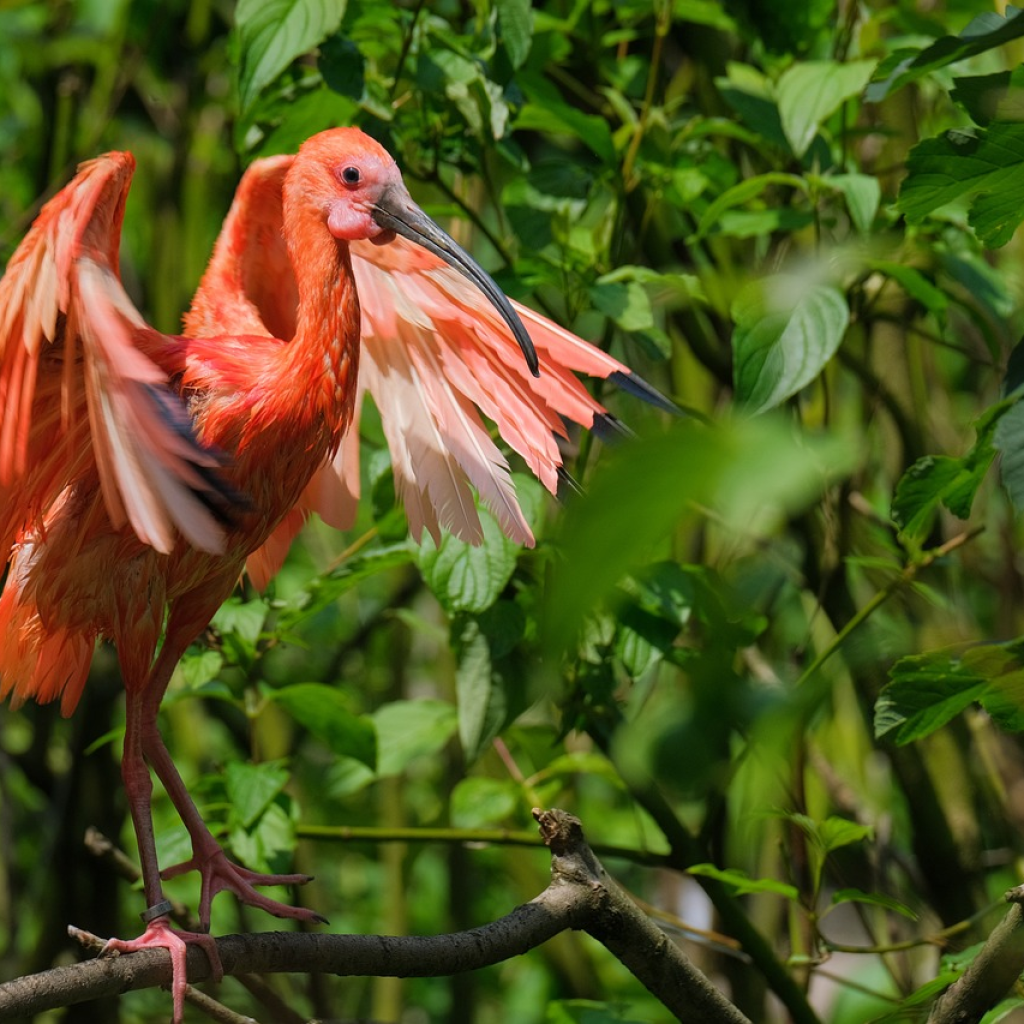
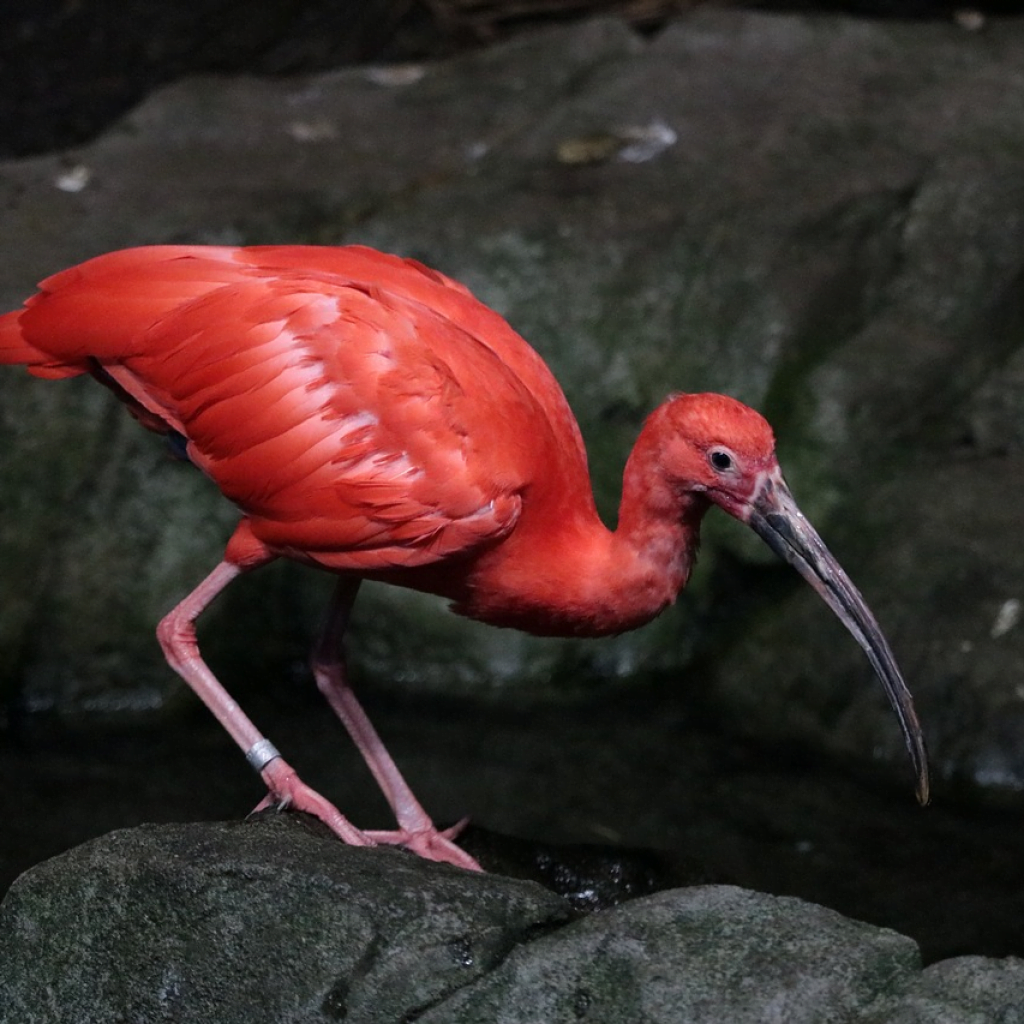
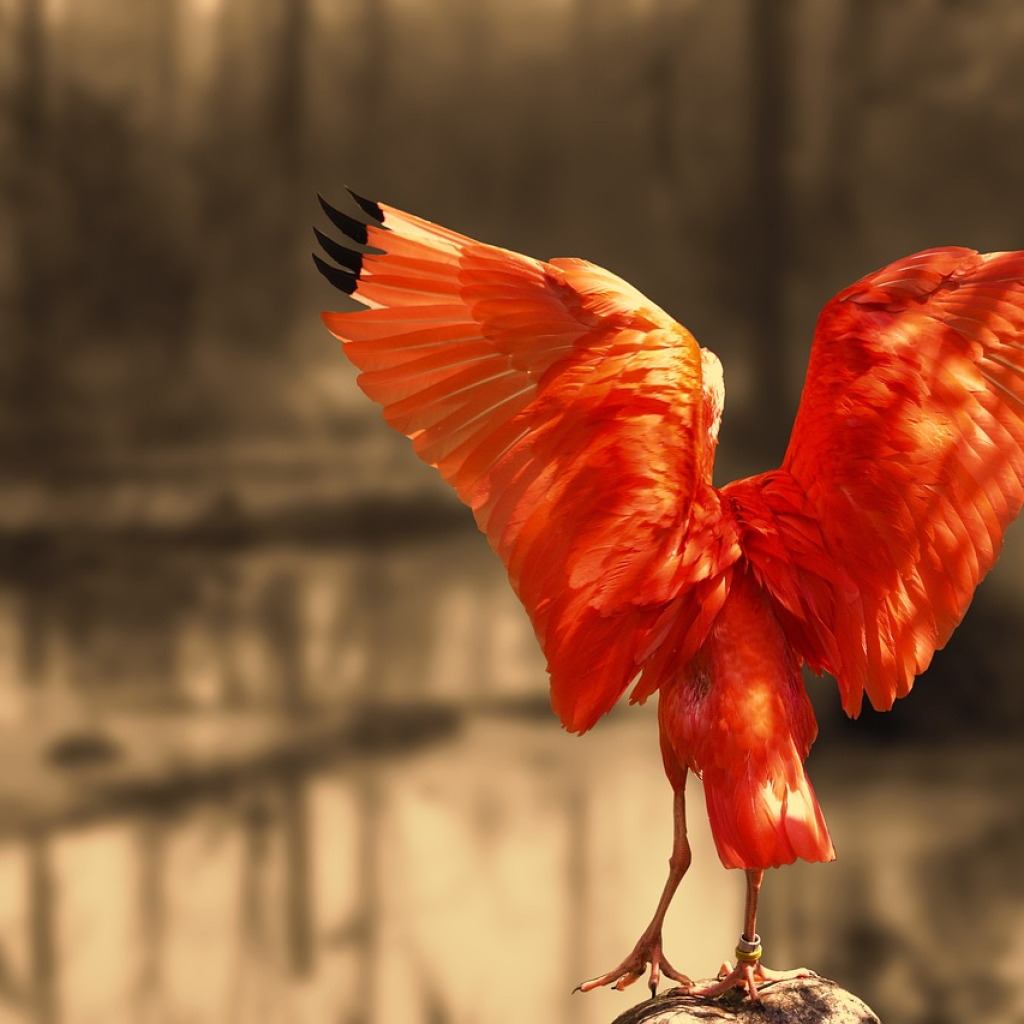
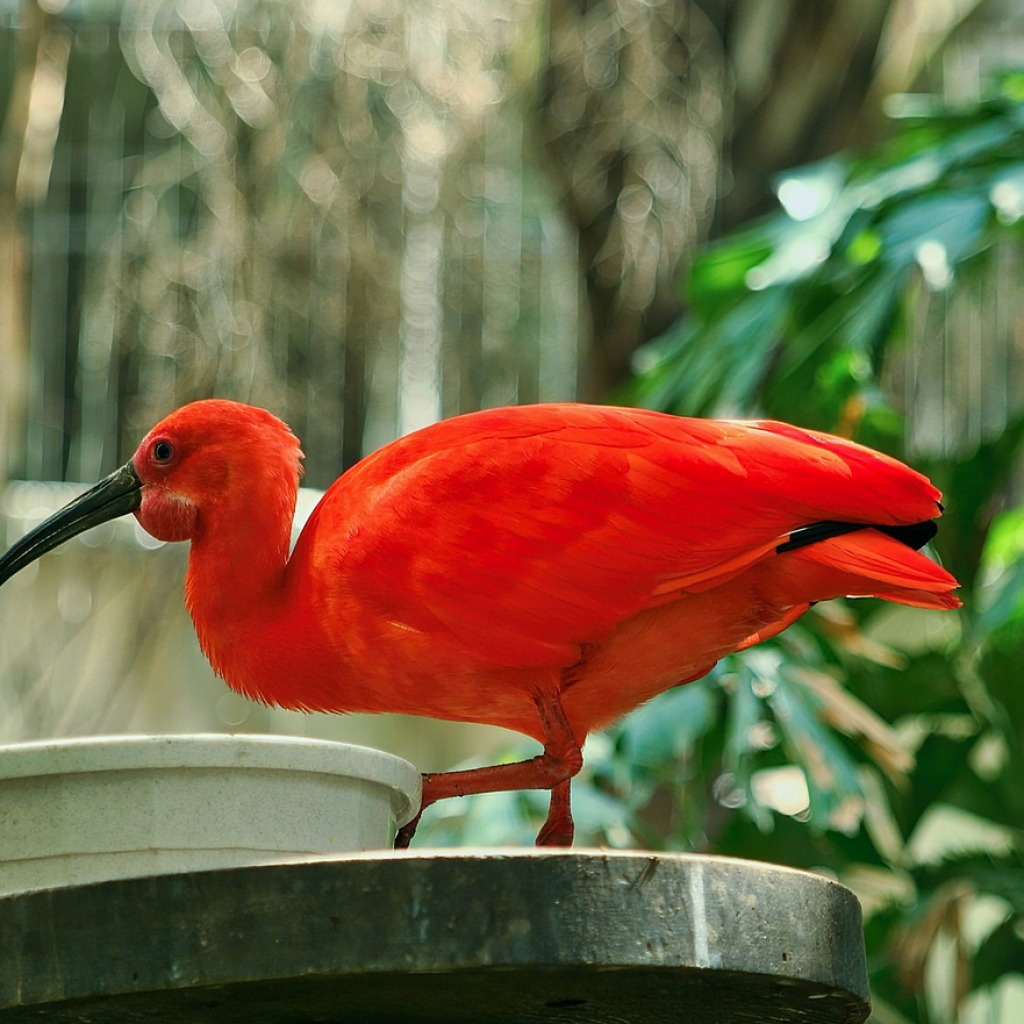
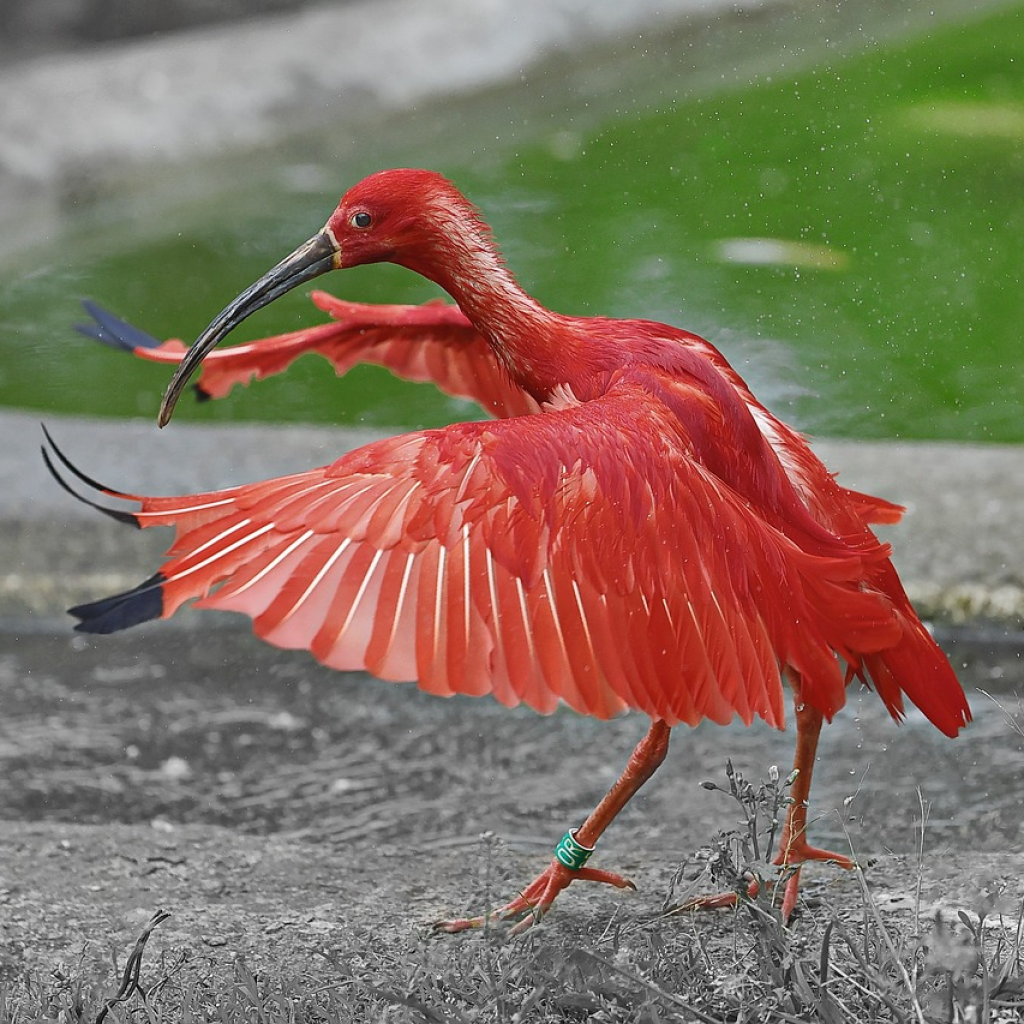
Conclusion: The Enchanting Beauty and Symbolism of the Scarlet Ibis
In conclusion, the enchanting beauty and symbolism of the scarlet ibis make it a fascinating subject for exploration in art, literature, and beyond. Its vibrant colors and intricate symbolism continue to inspire awe and provoke thought among those who encounter it.



0 Comment